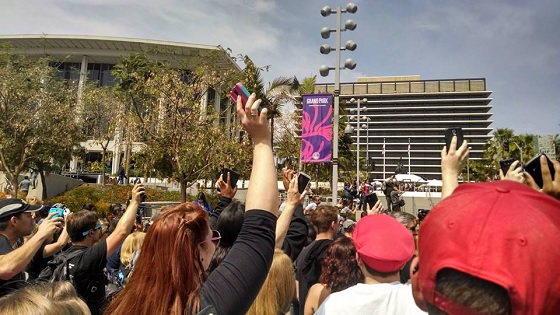
In November 2012, Google introduced its Ingress scanner app to the Google Play store. And for almost two years, the central point of interaction for Google’s deeply immersive alternate reality game has been an Android exclusive. That changes today: with the release of Ingress‘s scanner app to the iTunes Store, the world of Ingress has officially rolled out on iOS devices.
The Ingress scanner app asks players to join the green Enlightened or blue Resistance faction in a battle for control over portals tied to real world landmarks. The game has a sizeable player base within the Android community. Over 12,000 players have gathered for the game’s frequent live events in cities across the globe so far in 2014, and the game boasts over 4 million downloads. With the expansion into iOS devices, an influx of new players is likely.
To help ease new players into the game, Ingress is introducing new elements to ease the transition into a deep narrative running beneath the game’s surface, and a community that continues to blossom as they take on increasingly extravagant challenges. The primary conduit for introducing new players to the world of Ingress is a new web series featuring two sisters who signed up to play the game for opposite factions, Ingress Obsessed, complementing the existing Ingress Report videos.


